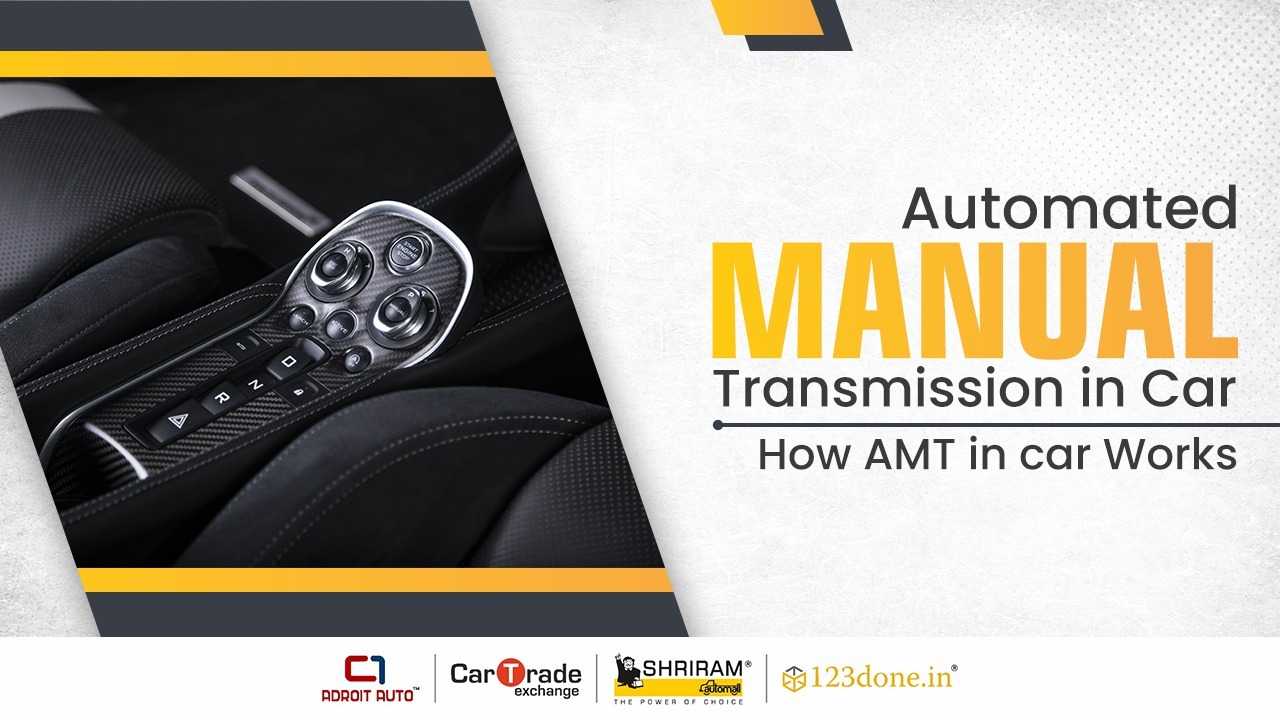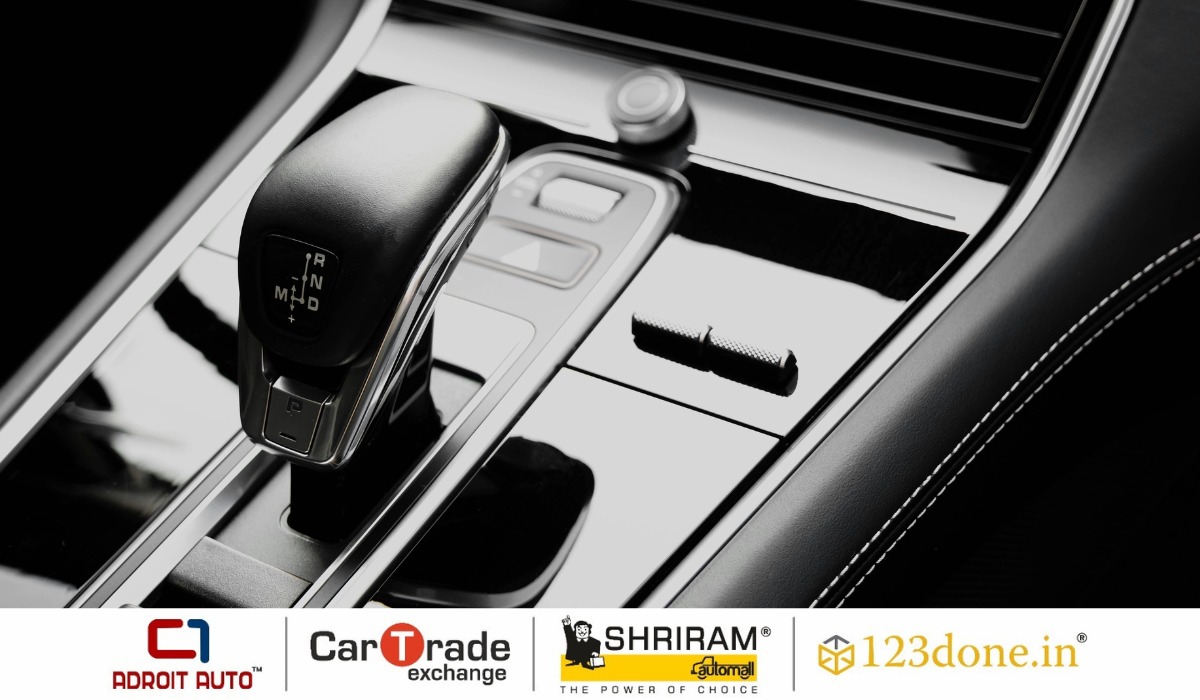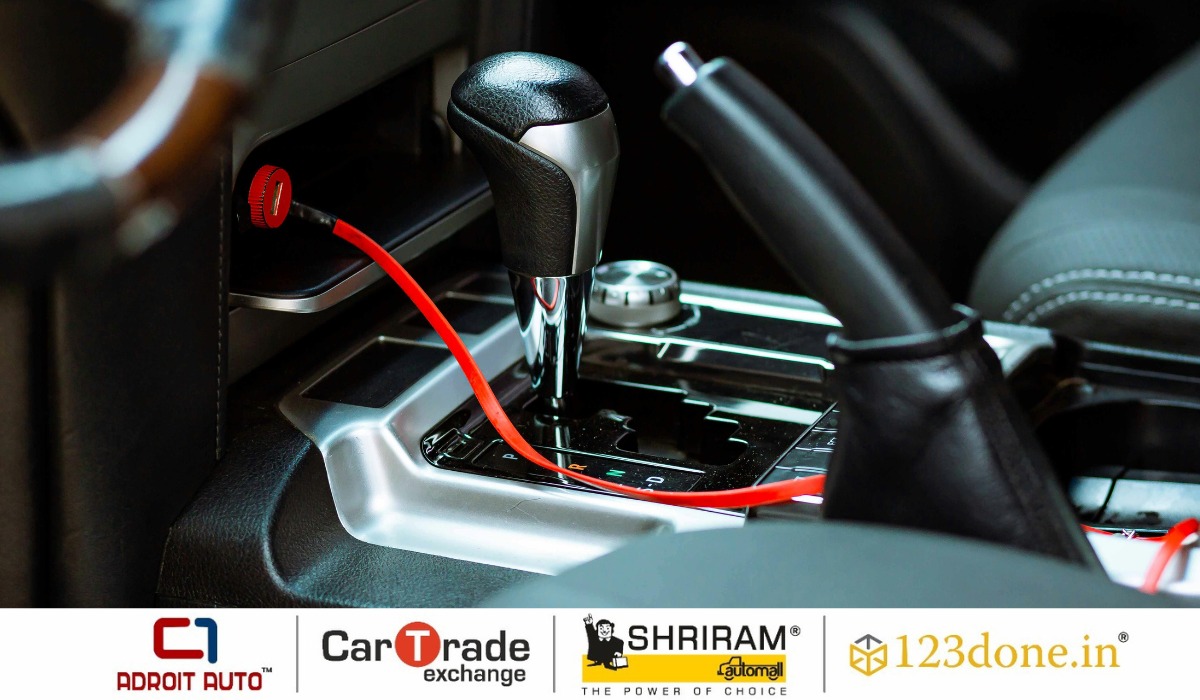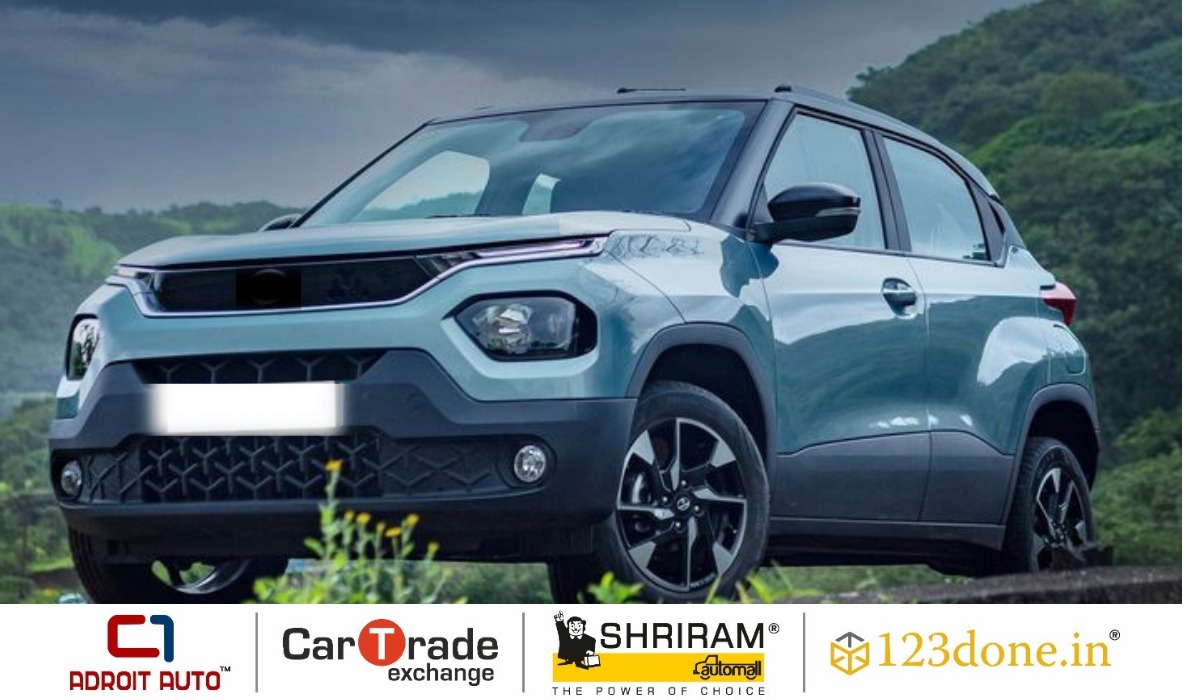Automated Manual Transmission in Car: How AMT Works, Benefits & Myths

If you've ever wondered, what is AMT in car specifications or seen the term automated manual transmission in car brochures, you're not alone. Simply put, AMT or Automated Manual Transmission is a hybrid between manual and automatic gearboxes. It offers the convenience of automatic shifting without the complexity or cost of a full-fledged automatic transmission. But how does it actually work? AMT uses sensors, actuators and a hydraulic system to automate the clutch and gear shifts, making it easier for drivers without sacrificing fuel efficiency.
This blog dives deeper into how AMT functions, debunks myths, compares its performance across terrains, and helps you decide if it’s the right fit for your driving needs.
How AMT in Car Works
An automated manual transmission in car is essentially a manual transmission system that's been automated using intelligent sensors and actuators. There’s no clutch pedal, you get to enjoy the ease of automatic driving while the system takes care of shifting gears based on vehicle speed, RPM (Revolutions Per Minute), and throttle input. The gearbox is the same as a manual, but the human effort is replaced with a computer brain that engages the clutch and selects gears on your behalf. This makes AMT-equipped vehicles more affordable and fuel-efficient compared to traditional automatics like CVTs (Continuously Variable Transmission) or torque converters.

AMT in car: Facts Vs Myths
Despite its rising popularity, AMT has its fair share of misconceptions. Let’s bust a few:
-
Myth 1: AMT means jerky drives
Truth: Early AMTs did have a bit of lag, but modern versions have refined shift patterns and smoother transitions. -
Myth 2: AMT is not good for hills
Truth: With features like hill hold and creep function in newer models, AMTs are now more than capable of handling inclines. -
Myth 3: AMTs don’t last long
Truth: AMTs often last as long as or longer than traditional manuals when driven and maintained properly.
Urban vs Rural Suitability: Where Does AMT Shine?
In cityscapes packed with bumper-to-bumper traffic, the automated manual transmission in car proves to be a game-changer. No clutch work, reduced fatigue, and optimal gear shifting make it ideal for urban dwellers.
In rural settings, where roads can be uneven or challenging, AMTs still perform well, especially newer models with off-road or terrain response systems. However, for extremely rugged conditions, traditional manuals still hold a slight edge due to direct control.
AI & AMT Evolution
The future of AMT is evolving rapidly with AI integration. Smart systems are now learning driver behaviour to predict and adapt gear shifts accordingly. Soon, we may see automated manual transmission in car systems that can auto-tune themselves for performance, economy, or even mood-based driving. This evolution is already under way, with several electric and hybrid vehicles borrowing from AMT logic to optimise energy usage.
Driving Tips for AMT Owners
Owning an AMT is not the same as owning a traditional automatic. Here are a few quick tips:
-
Don't use your left foot, there's no clutch, so let it rest!
-
Always shift to neutral at long signals.
-
Avoid sudden throttle changes, especially during gear shifts.
-
Learn the “creep” function for smoother stop-go traffic manoeuvres. The creep function lets your car move slowly forward without pressing the accelerator when you release the brake, making stop-go traffic smoother.
How to Drive an AMT Efficiently

If you want to make the most out of your AMT car, here’s how:
-
Drive gently: Abrupt acceleration confuses the system and can result in jerky shifts.
-
Plan overtakes: There’s a slight delay in downshifting, so anticipate your moves.
-
Use Manual Mode (if available): In tricky situations like steep climbs or sudden overtaking, take control for better results.
Is AMT Right for YOU?
Still wondering what is AMT in car choices and whether it's the one for you? If you’re someone who values convenience, drives mostly in the city, and wants fuel efficiency with a relatively lower upfront cost, AMT is a strong contender. However, if you're a performance enthusiast or do a lot of off-roading, you might still prefer a traditional manual or a more advanced automatic system.

In the end, the automated manual transmission in car segment is about smart compromise, it offers an ideal middle ground for those who want to shift away from manual hassles without breaking the bank.
So, is AMT the right shift for you? Drive one and you just might find your answer.
Conclusion
The Automated Manual Transmission in car is more than just a buzzword — it’s a practical innovation that bridges the gap between traditional manual and fully automatic systems. If you’ve ever wondered what is AMT in car terminology, it’s time to see it as a smart, fuel-efficient, and budget-friendly choice for today’s drivers. Whether you're navigating tight city traffic or cruising down rural roads, AMT in car setups deliver the convenience of automatic gear shifts without compromising on control or economy. From understanding how AMT in car works to learning the creep function, this transmission type is designed to adapt and evolve with your driving style. As AI continues to enhance vehicle performance, automated manual transmission in cars will only get smarter. So, if you're looking for an intelligent, hassle-free drive without the price tag of a fully automatic, AMT might just be the right shift for you.
Frequently Asked Questions (FAQs)
1. How does an AMT transmission work in a car?
An Automated Manual Transmission (AMT) in car works by automating the clutch and gear shifting process using sensors, actuators, and a control unit. While the gearbox is similar to a manual one, the driver doesn’t need to operate a clutch pedal, the system calculates the right time to shift gears based on speed, RPM, and throttle input, offering the ease of automatic driving with the efficiency of a manual setup.
2. What are the disadvantages of AMT cars?
While AMT cars are convenient and fuel-efficient, they do have some drawbacks. Early models were known for jerky gear shifts, especially during sudden acceleration. AMTs may also lack the refined driving feel of CVT or torque converter automatics. Additionally, there can be a slight delay in downshifting, which might affect quick overtaking or performance driving. However, newer AMT systems have significantly improved in smoothness and responsiveness.
3. Which is the best AMT car to buy in India?
Some of the best AMT cars in India include the Maruti Suzuki Swift AMT, Tata Punch AMT, Hyundai Exter AMT, and Renault Kwid AMT. These cars offer a great balance of price, performance, fuel efficiency, and ease of driving — especially for city use. The ideal choice depends on your budget, feature preferences, and usage patterns.
4. Is an AMT car good for highway driving?
Yes, AMT cars perform well on highways, especially newer models with manual mode or better gear logic. They provide relaxed cruising and good mileage. However, due to the slight delay in gear changes, some drivers may find overtaking a bit slower compared to manual or torque converter transmissions. Using manual mode (if available) can help overcome this during high-speed scenarios.

 Download Our App
Download Our App



